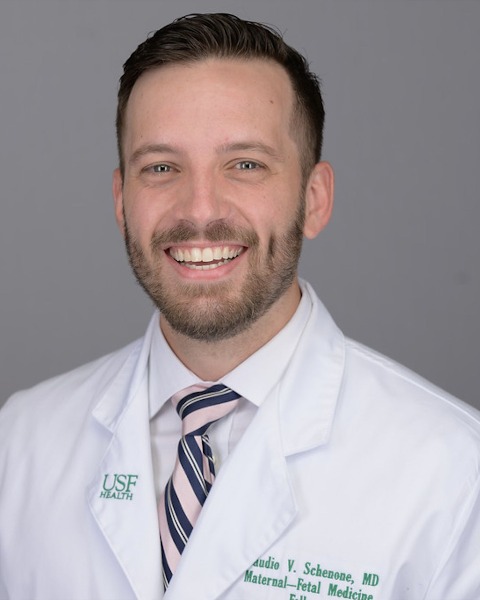Category: Hypertension
Poster Session III
(702) Differences in myocardial oxygen consumption between low-risk pregnancies and pregnancies with hypertensive disorders of pregnancy
Rate-Pressure Product (RPP) has been used in non-pregnant adults as a surrogate for myocardial oxygen consumption (MOC), a dynamic non-invasive index of changes in cardiovascular (CV) demand. We sought to compare pre-conceptional (PC), antepartum (AP), and postpartum (PP) changes in MOC between low-risk pregnancies and those complicated by hypertensive disorders of pregnancy (HDP).
Study Design:
Retrospective cohort study of women 18-34 yo who became pregnant during the study period (2013-2022). We included low-risk pregnancies and pregnancies with HDP, defined as gestational hypertension (HTN), pre-eclampsia, eclampsia, and/or HELLP syndrome. Exclusion criteria included chronic medical conditions including chronic HTN, multifetal gestation, and/or other pregnancy complications. We searched the medical records for demographic attributes and PC, AP, and PP heart rate (HR) and systolic blood pressure (SBP) values. RPP was defined as the product of HR and SBP at each visit. RPP % change from the PC (baseline) value at each visit was obtained using the following formula: [(RPP value– pre-conception RPP)/pre-conception RPP) x 100)]. Mean and standard deviation for absolute and % change from baseline were calculated for RPP at PC, by trimester, and PP. T-test assessed differences in demographic variables between groups. Mixed linear model evaluated differences in absolute RPP and % change from baseline between groups. A p-value < .05 was deemed significant.
Results:
1022 patients were included (473 low-risk and 549 pregnancies with HDP). Mean maternal age and number of months at PC visit were similar between groups, while BMI (low-risk 25.4 vs HDP 33.3) and number of weeks at PP visit (low-risk 3.53 vs HDP 2.56) differed (p < . 001). Absolute RPP was higher in the HDP group at all times (p < .001) (Figure 1). The HDP group had a higher percentage increase from baseline during the 3rd trimester (p = .03) and PP period (p = < .01) (Figure 2).
Conclusion:
Compared to low-risk pregnancies, women with HDP have higher rates of MOC at baseline and during pregnancy and fail to return to PC levels in the PP period.

Claudio Vittorio Schenone Giugni, MD (he/him/his)
Fellow Physician
Department of Obstetrics and Gynecology, University of South Florida Morsani College of Medicine
Tampa, Florida, United States- MC
Mary Cain, MD
Department of Obstetrics and Gynecology, University of South Florida Morsani College of Medicine
Tampa, Florida, United States - AT
Athanasios Tsalatsanis, PhD
Department of Internal Medicine, University of South Florida Morsani College of Medicine
Tampa, Florida, United States - AK
Ambuj Kumar, MD, MPH
Department of Internal Medicine, University of South Florida Morsani College of Medicine
Tampa, Florida, United States 
Judette M. Louis, MD, MPH
Department Chair
Department of Obstetrics and Gynecology, University of South Florida Morsani College of Medicine
Tampa, Florida, United States- DC
Daniela Crousillat, MD
Division of Cardiovascular Sciences, University of South Florida, Morsani College of Medicine
Tampa, Florida, United States

.png)
